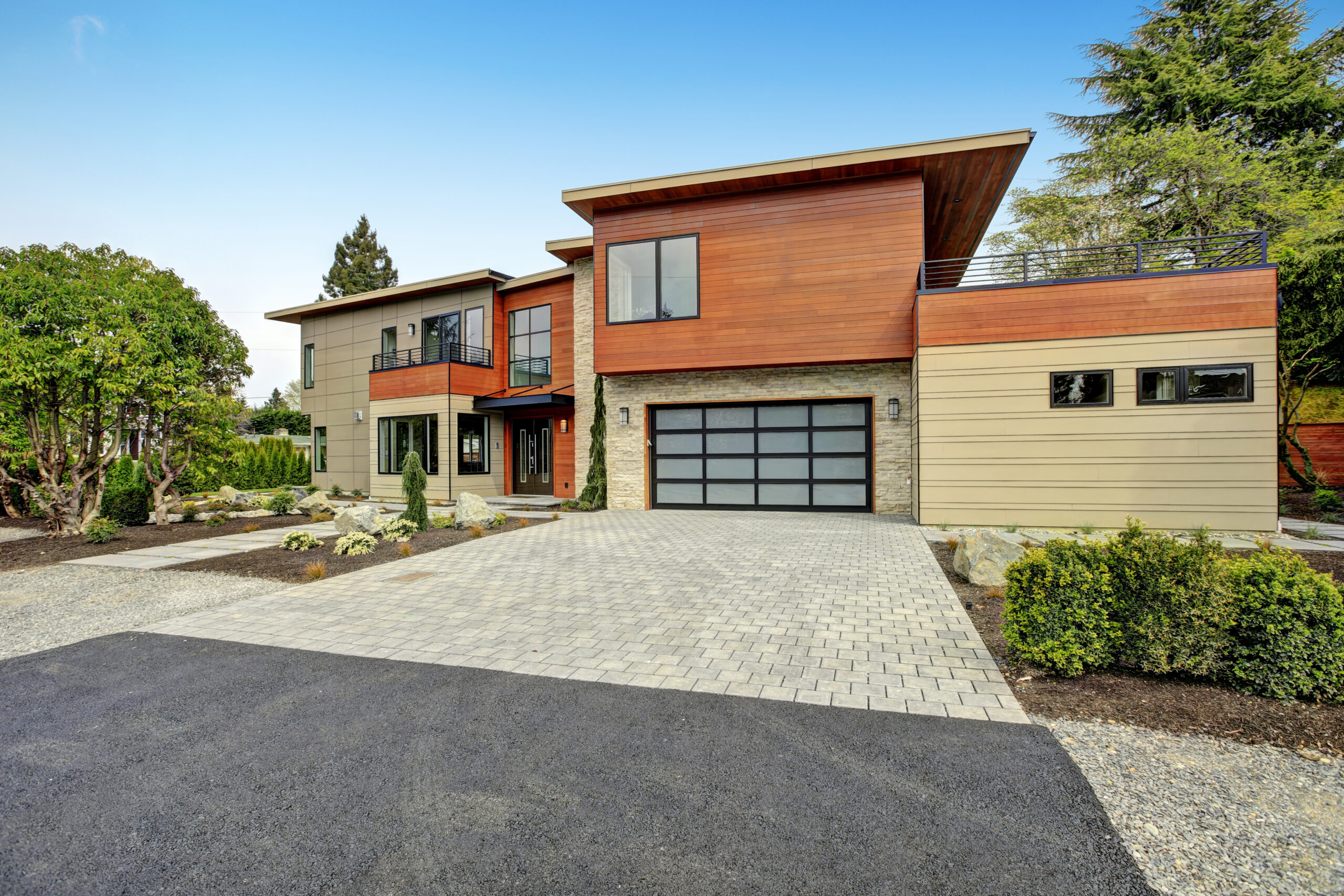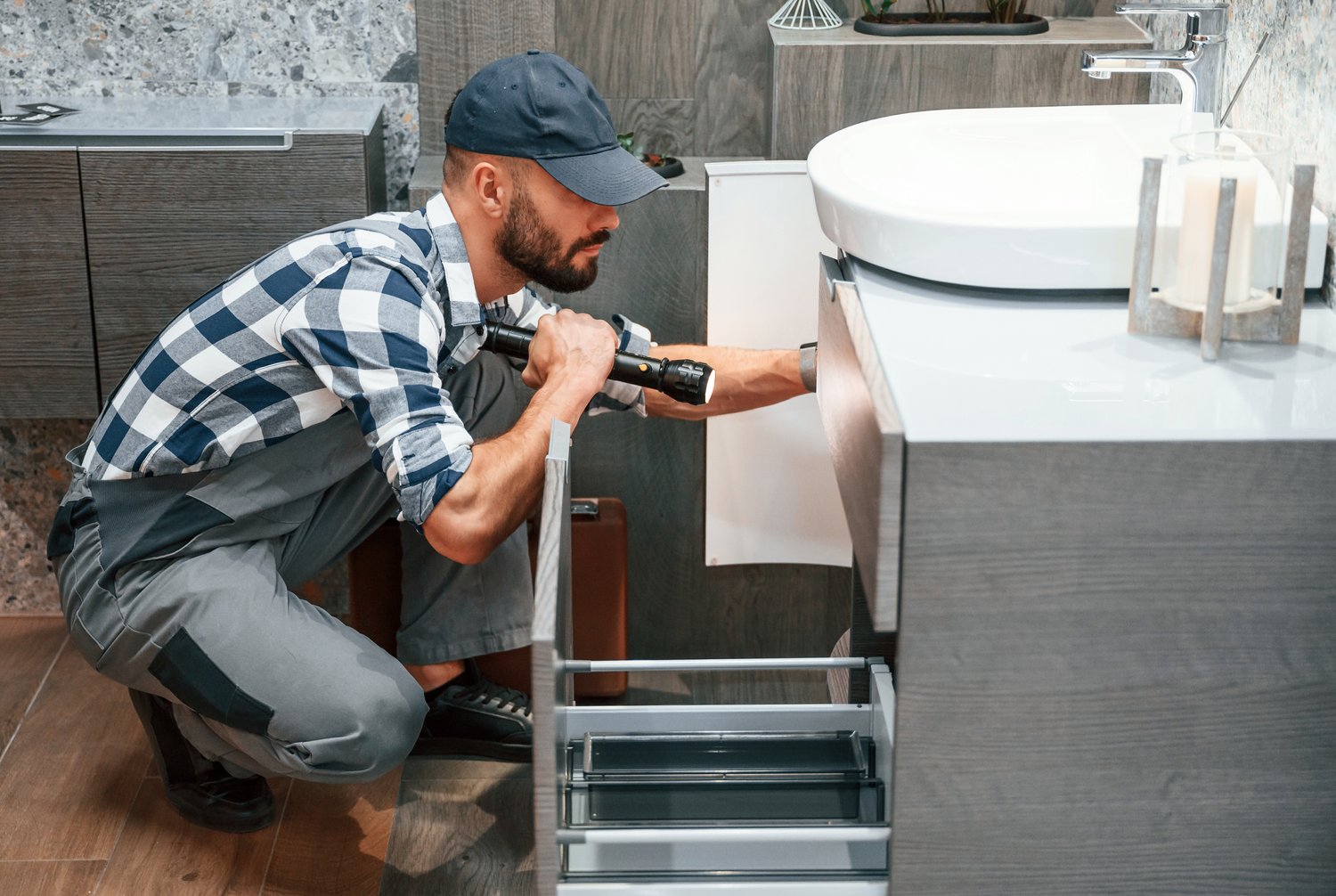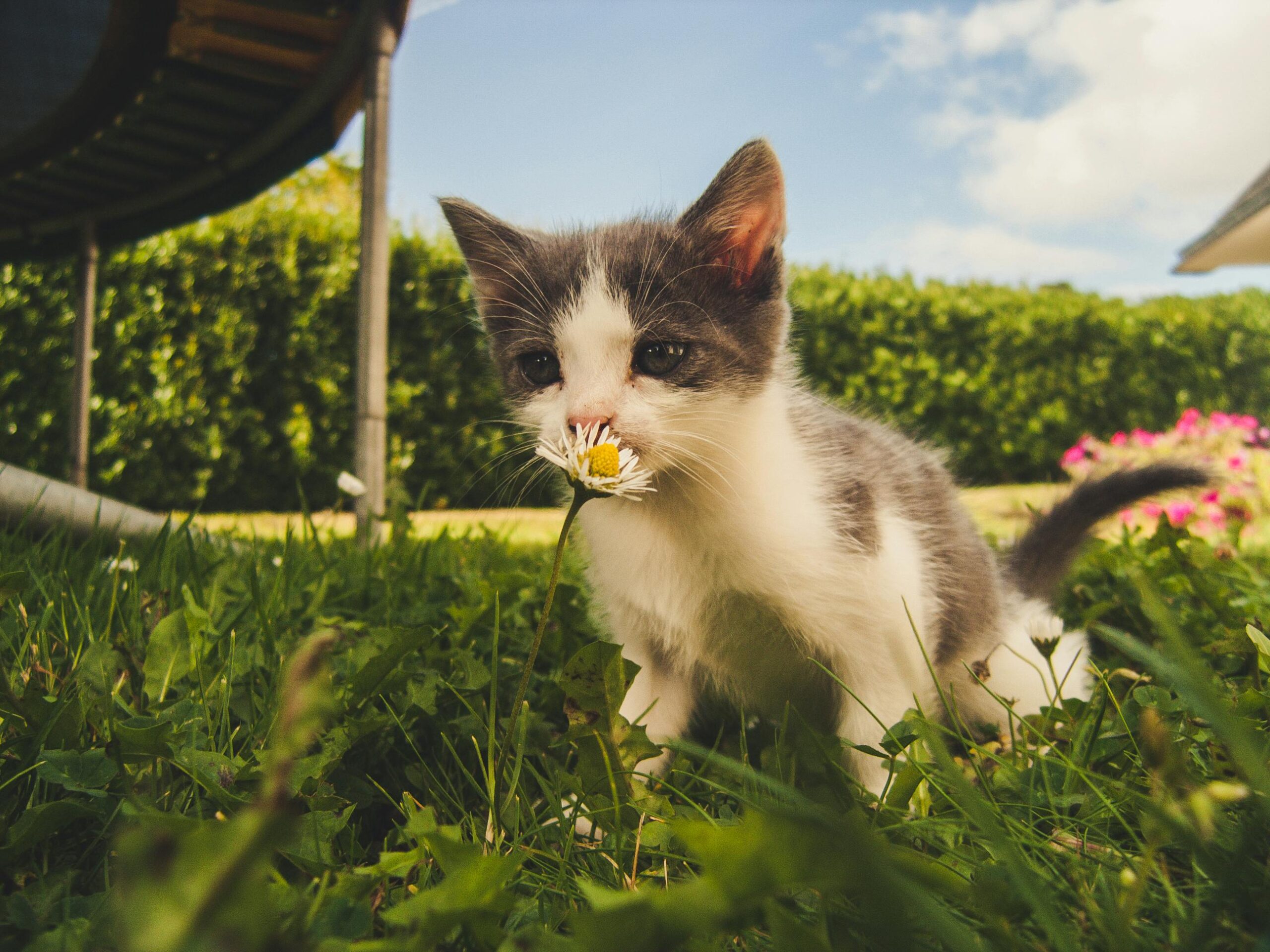Pavers are a timeless, beautiful type of stonework that can transform your yard. Before you decide to place them, you need to carefully research the cost of installation and consider the top factors that influence your budget.
Types of pavers
The material you choose for your pavers will have one of the largest impacts on the total cost of the project. For example, concrete is the most affordable option, but it’s important to choose a high-quality blend that doesn’t compromise quality or longevity.
Options at higher price points include brick, natural stone and porcelain. Natural stone and porcelain come at the highest price points, typically averaging $10 to $20 per paver. They also come with additional maintenance requirements, so the cost of upkeep will be much higher than that for concrete or brick pavers.
Surface preparation costs
The level of excavation, grading and groundwork necessary to place your pavers will heavily influence the cost of installation. Yards that need extensive surface preparation will cost more, and you will have to extend your project’s timeline. The costs of excavation and grading typically range from $1 to $3 per square foot, so preparing smaller yards or pathways will be less expensive than large yards that need more significant groundwork.
Total square footage
The overall size of your yard as well as the project site, paver design and type of material you choose will all affect the total cost of your installation. A small patio may cost around $2,000. A larger patio or pathway could cost $5,000 or more.
You can save money by collaborating with a local contractor who installs pavers. They will be able to give you an accurate estimate based on the size of your yard and the desired end result.
Tips for saving money on paver installation
The best way to lower the cost of installation is to work with a professional who can help you establish a realistic vision for your project. Many times, homeowners overlook the role of construction, yard preparation and supplies when trying to calculate the cost of pavers.
You can also try to reduce your total cost of installation by:
- Buying pavers in bulk to obtain a lower rate per paver
- Opting for a simple design that doesn’t require extensive cutting or specialized shaping
- Choosing brick or concrete over natural stone
- Installing pavers on level ground to avoid expensive grading work
- Seeing if you can do any surface preparation or installation yourself
Professionals are there to help as consultants or contractors, allowing you to get the best deal on pavers and learn about their needs as you go. Contact an expert who can help you find the perfect balance between quality and cost.
For more home inspiration, follow us on Facebook or Instagram!



